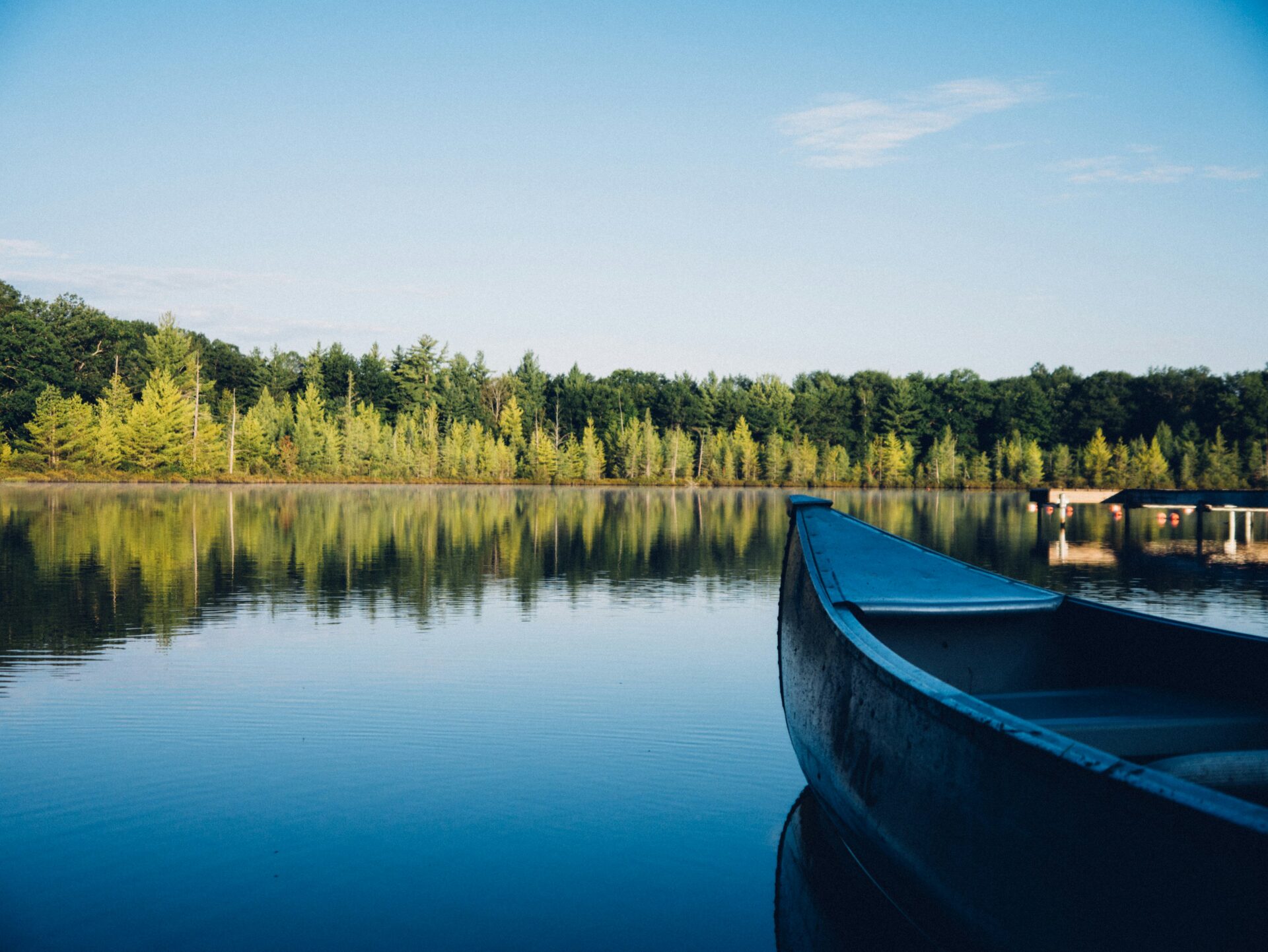If you have ever wondered “what is physical geography?”, you are asking about one of the central branches of geography – one focusing on the natural world. Physical geography investigates the Earth’s landscapes, environments, and the physical processes that shape them. It looks at mountains, rivers, glaciers, soils, climates, and ecosystems – asking how they form, how they change, and what their impacts are.
Rather than centring on human activity, physical geography is concerned with the natural systems that form the backdrop to life. It seeks to uncover how rivers carve valleys, how tectonic plates raise mountain ranges, why climates vary across regions, and how ecosystems adapt to shifting conditions. At its core, physical geography explores the “how,” “why,” and “with what consequences” of natural processes that operate on scales ranging from the local to the global.
So, what is physical geography in academic terms? It is both an observational and analytical science. Geography students at school, university, or college can specialise in physical geography, studying fields such as geomorphology (the science of landforms and surface processes), climatology (weather and long‑term climate systems), hydrology (the movement and storage of water in rivers, lakes, and oceans), and biogeography (the distribution of ecosystems and species across space). Because it is grounded in the natural sciences, it also crosses into subjects like physics, chemistry, biology, geology, and environmental science, drawing on their methods to explain energy transfers, chemical cycles, and ecological interactions.
These strands allow students not only to describe the Earth’s landscapes but to understand the systems that drive them. From the erosion of coastlines to the retreat of glaciers, and from the chemistry of soils to the circulation of the atmosphere, physical geography provides the scientific foundation for understanding our dynamic planet.
Distinction from Human Geography
Before delving further, it is helpful to clarify: what is physical geography in relation to human geography? Geography as a discipline traditionally splits into two broad branches – physical and human.
- Physical geography investigates the natural environment, including landforms, climates, soils, vegetation, and ecosystems. It asks questions about Earth systems in the absence of human intervention.
- Human geography, by contrast, examines people, societies, cultures, economies, and politics, asking how humans interact with and transform the spaces they inhabit.
Check out our article “What is human geography?” to learn more.
In other words, physical geography is the study of the planet itself, while human geography is the study of human life upon it. The two are deeply complementary: where one provides the stage, the other examines the actors.
Studying physical and human geography
Of course, the boundary between physical and human geography is not rigid. Many pressing issues demand insights from both. Environmental geography, for example, sits at the intersection, combining physical science with human analysis to study problems like climate change, deforestation, or resource sustainability.
The overlap is clear in topics such as:
- Climate change: Physical geography models rising temperatures, melting ice, and shifting weather patterns, while human geography studies their social and political consequences.
- Natural hazards: Earthquakes, tsunamis, floods, and volcanic eruptions are physical processes, but their impacts depend on how people live, plan, and build.
- Resource use: Soils, water, and forests are studied as natural systems, but their overuse or conservation is inseparable from human decision‑making.
Taken together, physical and human geography provide a holistic understanding of the Earth—one that recognises both natural processes and human responses as parts of the same system.
Core Themes in Physical Geography
To fully grasp what is physical geography, it helps to examine its core themes, each exploring a vital dimension of Earth systems.
Geomorphology
Geomorphology is the study of landscapes and the processes that shape them. It examines how erosion, tectonic activity, glaciation, and volcanic forces create and transform landforms such as mountains, valleys, coastlines, and deserts. For example, the Himalayas illustrate tectonic uplift, while the Grand Canyon reveals the long‑term erosive power of rivers.
Climatology
Physical geography also investigates the atmosphere, weather, and climate. Climatology explains why some regions experience monsoons while others remain arid, how ocean currents influence rainfall, and how global warming alters atmospheric systems. By studying past and present climates, geographers build models to predict future change.
Check out our high school summer programmes in Environment & Sustainability.
Hydrology
Hydrology focuses on the movement and distribution of water. It considers rivers, lakes, aquifers, glaciers, and oceans, asking how water cycles between the land, sea, and atmosphere. Hydrological studies are vital for understanding floods, droughts, irrigation systems, and water resources.
Biogeography
Biogeography explores the distribution of plants, animals, and ecosystems across the Earth. It studies why tropical rainforests flourish near the equator, why deserts form at certain latitudes, and how species migrate and adapt. It also considers how ecosystems respond to disturbance, from wildfires to invasive species.
Pedology
Pedology is the study of soils – their formation, structure, chemistry, and fertility. Physical geographers examine soil erosion, nutrient cycles, and the role of soils in agriculture and ecosystems. Soil science links physical geography directly to sustainability and food security.
Join the Immerse Education 2025 Essay Competition
Follow the instructions to write and submit your best essay for a chance to be awarded a 100% scholarship.

Subfields and Specialisations in Physical Geography
Beyond its broad themes, physical geography contains a wide range of more specific subfields. These allow geographers to focus on particular processes, environments, or applied questions, often drawing on methods from physics, chemistry, biology, or geology.
- Glaciology: A detailed study of glaciers, ice sheets, and permafrost. Glaciologists monitor ice movement, melt rates, and the contribution of the cryosphere to sea‑level rise, using satellite data and field expeditions in places like Greenland or Antarctica.
- Volcanology: This specialisation examines volcanic activity, magma movement, and eruption prediction. It combines geophysics with field monitoring to understand hazards and the creation of new landforms.
- Seismology: Closely tied to tectonic studies, seismologists investigate earthquakes and fault systems. Using seismic waves, they model Earth’s internal structure and identify risk zones for communities.
- Coastal Geography: Focused on dynamic shorelines, this subfield studies how tides, waves, and currents shape beaches, estuaries, and deltas, as well as how rising sea levels and human development accelerate erosion.
- Aeolian Processes: Specialists here investigate the movement of sand and dust by wind, particularly in deserts and semi‑arid regions. They study dune formation, desertification, and dust transport’s role in climate systems.
- Permafrost and Cryopedology: A niche but vital area, cryopedologists study frozen soils and the changes that occur as permafrost thaws. This research is critical for understanding carbon release and infrastructure stability in Arctic regions.
- Palaeogeography: Reconstructing ancient landscapes and climates, palaeogeographers use fossils, sediments, and ice cores to understand how Earth has changed over millions of years.
- Biogeomorphology: At the intersection of ecology and geomorphology, this subfield looks at how organisms—from vegetation to coral reefs—modify landscapes, such as stabilising dunes or building reef systems.
- Natural Hazards Geography: An applied branch dedicated to the causes, prediction, and management of hazards such as landslides, hurricanes, and tsunamis, integrating both physical science and risk management.
These specialisations show that asking ‘what is physical geography?’ leads to a host of other definitions, as the discipline cannot be reduced to a handful of themes. It’s a broad and diverse field where students and researchers can hone in on very particular processes or environments, from volcano monitoring to Arctic permafrost studies.
Methods and Approaches in Physical Geography
So, what is physical geography in practice? It is both a field‑based and laboratory‑based science, combining observation, measurement, and modelling to study Earth’s systems. The methods geographers use are what transform broad questions into scientific knowledge.
- Fieldwork and Direct Measurement: A cornerstone of physical geography. Geographers measure river flow, take soil cores, map glaciers, or record weather conditions in situ. Fieldwork provides the raw data needed to test theories and models.
- Remote Sensing: Using satellite imagery, drones, and aerial photography, geographers monitor land use change, deforestation, ice loss, and vegetation cover. Remote sensing allows global processes to be tracked at local scales.
- Geographic Information Systems (GIS): GIS integrates spatial data, enabling researchers to map and analyse complex environmental patterns. It can show flood risk zones, climate gradients, or biodiversity hotspots.
- Laboratory Analysis: Soils, sediments, pollen, and water samples are analysed for their chemical and physical properties. Laboratory techniques can reveal past climates, measure pollution, or assess soil fertility.
- Climate and Hydrological Modelling: Advanced computer models simulate the behaviour of atmospheric and hydrological systems. They are used to predict storm tracks, sea‑level rise, or river flooding under different climate scenarios.
- Palaeoenvironmental Reconstruction: Using ice cores, tree rings, or lake sediments, geographers reconstruct past environments to understand long‑term climate cycles and ecological changes.
These approaches make physical geography both descriptive and predictive. They not only document the state of Earth’s systems but also forecast their future, guiding human adaptation to environmental change.
Applications of Physical Geography
When people ask “what is physical geography?”, one of the clearest answers comes from its applications. The discipline is directly relevant to some of the most urgent challenges of our time.
- Natural Hazard Management: Physical geography helps societies prepare for disasters. Understanding fault lines reduces earthquake risk, studying volcanoes allows early warning, and floodplain mapping protects communities.
- Climate Change Research: Climatology and glaciology provide the data behind global climate models. By tracking glacier retreat, rising sea levels, and shifting rainfall, physical geographers inform international policy on mitigation and adaptation.
- Water Resource Management: Hydrology is essential for sustainable use of rivers, lakes, and aquifers. It guides irrigation systems, reservoir design, and drought planning in a world where water scarcity is a growing issue.
- Agriculture and Food Security: Soil science supports farming by assessing fertility, erosion risk, and nutrient cycles. Biogeography helps explain crop suitability and ecological resilience.
- Biodiversity Conservation: Understanding ecosystems and species distribution is key to protecting wildlife. Physical geography underpins conservation planning, from national parks to global biodiversity strategies.
- Urban and Regional Planning: Even cities depend on physical geography. Planners must account for flood risk, soil stability, coastal erosion, and microclimates when designing infrastructure.
- Sustainable Development: More broadly, physical geography ensures that human development is aligned with natural processes. It provides the evidence base for balancing growth with environmental stewardship.
In all these ways, physical geography links knowledge of natural systems with practical action, making it essential for navigating the environmental challenges of the 21st century.
Conclusion: The Relevance of Physical Geography Today
Ultimately, when you ask “what is physical geography?”, you are exploring a field that explains the very foundations of life on Earth. Physical geography is more than the study of landscapes and climates; it is an exploration of the processes that make the planet habitable, from the circulation of the atmosphere to the flow of rivers and the formation of soils.
From charting the retreat of glaciers to modelling the spread of deserts, from predicting volcanic eruptions to conserving rainforests, physical geography equips us with the knowledge to confront the defining environmental challenges of the twenty‑first century. Those who study it are not only learning about the natural world, but also gaining the scientific understanding needed to live sustainably within it.




















